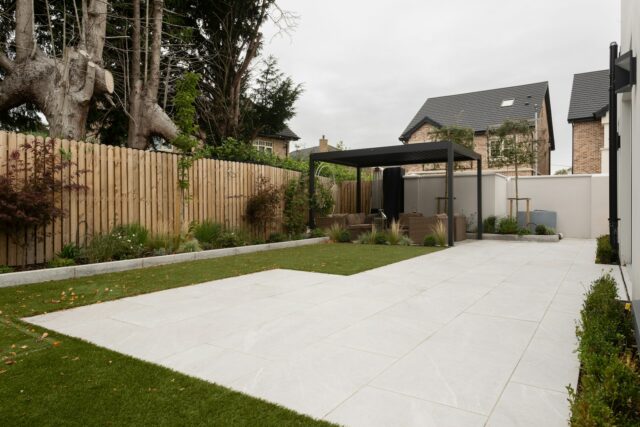Navigating a personal garden renovation project can be an exciting and fulfilling endeavour, but it requires careful planning and execution.
Whether you’re looking to create a peaceful retreat, a productive vegetable garden, or a vibrant floral landscape, understanding the process can help you achieve your gardening goals effectively.
Here’s a step-by-step guide to help you manage your garden renovation project:
1. Planning and Design
Begin by assessing your garden space and deciding what you want to achieve. Consider factors such as sunlight, soil type, and climate, which will influence the types of plants that can thrive in your garden.
Sketch a rough design of how you want your garden to look, including the locations for different plants, paths, and features like ponds or sculptures.
Where to get information:
- Local nurseries and garden centres
- Gardening books and magazines
- Online forums and websites like Gardeners’ World and the Royal Horticultural Society
2. Learning What Plants to Choose
Selecting the right plants is crucial for a successful garden. You need to consider the plant’s needs in terms of light, water, soil type, and compatibility with other plants.
Learning tools:
- Visit local botanical gardens to see what grows well in your area.
- Use plant identification apps and websites to learn about plant requirements.
- Attend workshops or classes offered by local garden clubs or extension services.
3. Sourcing Materials and Plants
Once you have your design and plant list, you’ll need to source the materials. This includes everything from plants to mulch, soil, and decorative elements.
You will need to carefully consider colour and type in your overall plan, even down to the pattern of your outdoor cobbles for any new pathways you’re creating.
Where to find items:
- Local garden centres and nurseries for plants and soil
- Home improvement stores for tools and other supplies
- Online retailers and catalogues for speciality items or rare plants
4. Understanding Depths to Dig and Planting Techniques
Proper planting is essential for plant health and growth. Different plants require different planting depths and techniques.
How to learn:
- Check the planting instructions that come with your plants.
- Seek advice from nursery staff or experienced gardeners.
- Look up guidelines on reputable gardening websites or books.
5. DIY vs. Professional Help
Decide what parts of the project you can do yourself and what might require professional help. Tasks like laying down a new lawn, installing irrigation systems, or building hardscapes might need expert skills.
When to DIY:
- Simple plantings
- Small structures like raised beds
- General maintenance
When to bring in professionals:
- Major earthworks
- Installation of irrigation systems
- Construction of permanent features like patios or retaining walls
6. Execution and Timing
Timing is crucial in gardening. Understand the best times to plant, prune, and perform other gardening tasks to ensure optimal growth.
How to plan:
- Use a gardening calendar specific to your region.
- Start with tasks that prepare the space, like clearing, soil preparation, and installing hardscapes, before planting.
- Follow seasonal guidelines for planting and maintenance to take advantage of natural growth cycles.
7. Maintenance and Upkeep
Once your garden is set up, regular maintenance is key to keeping it healthy and beautiful. This includes watering, weeding, pruning, and managing pests.
Tools for learning:
- Follow gardening blogs and YouTube channels for tips and tutorials.
- Join local gardening groups or online communities to share experiences and get advice.
Navigating a garden renovation project requires a blend of creativity, research, and physical work. By following these steps and using available resources wisely, you can transform your outdoor space into a thriving garden that reflects your personal taste and gardening ambitions.

